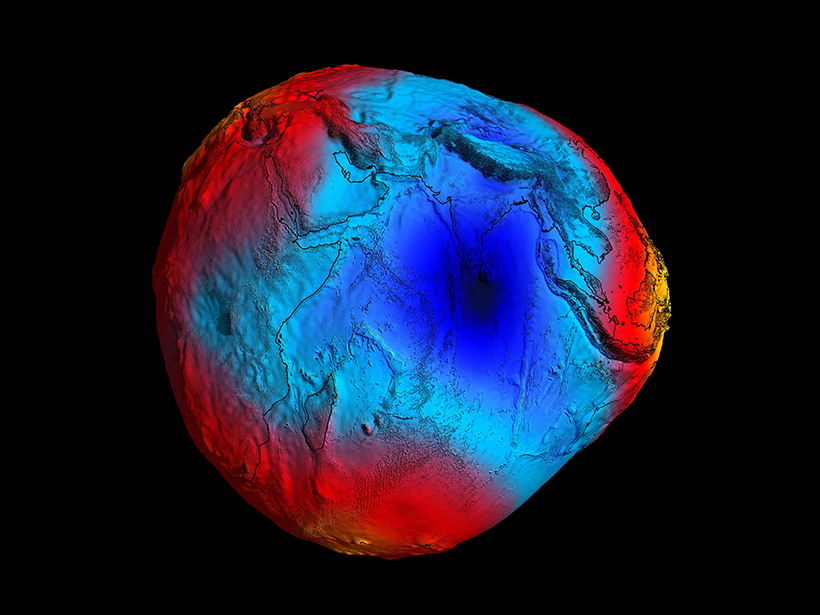An Indian scientific team set out to sea last year to find clues to the source of an unusually weak gravitational potential in the middle of the Indian Ocean.

An Indian scientific team set out to sea last year to find clues to the source of an unusually weak gravitational potential in the middle of the Indian Ocean.